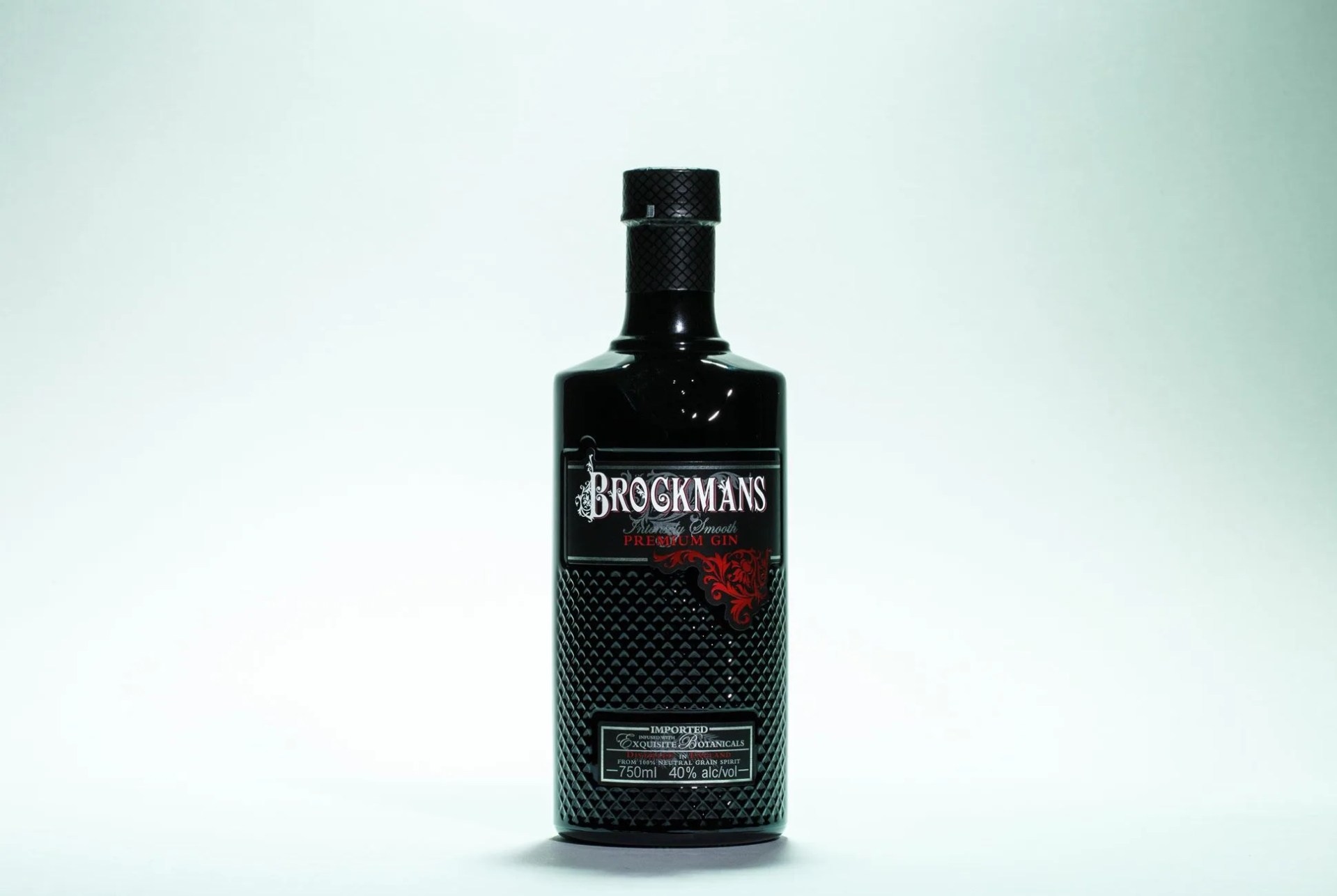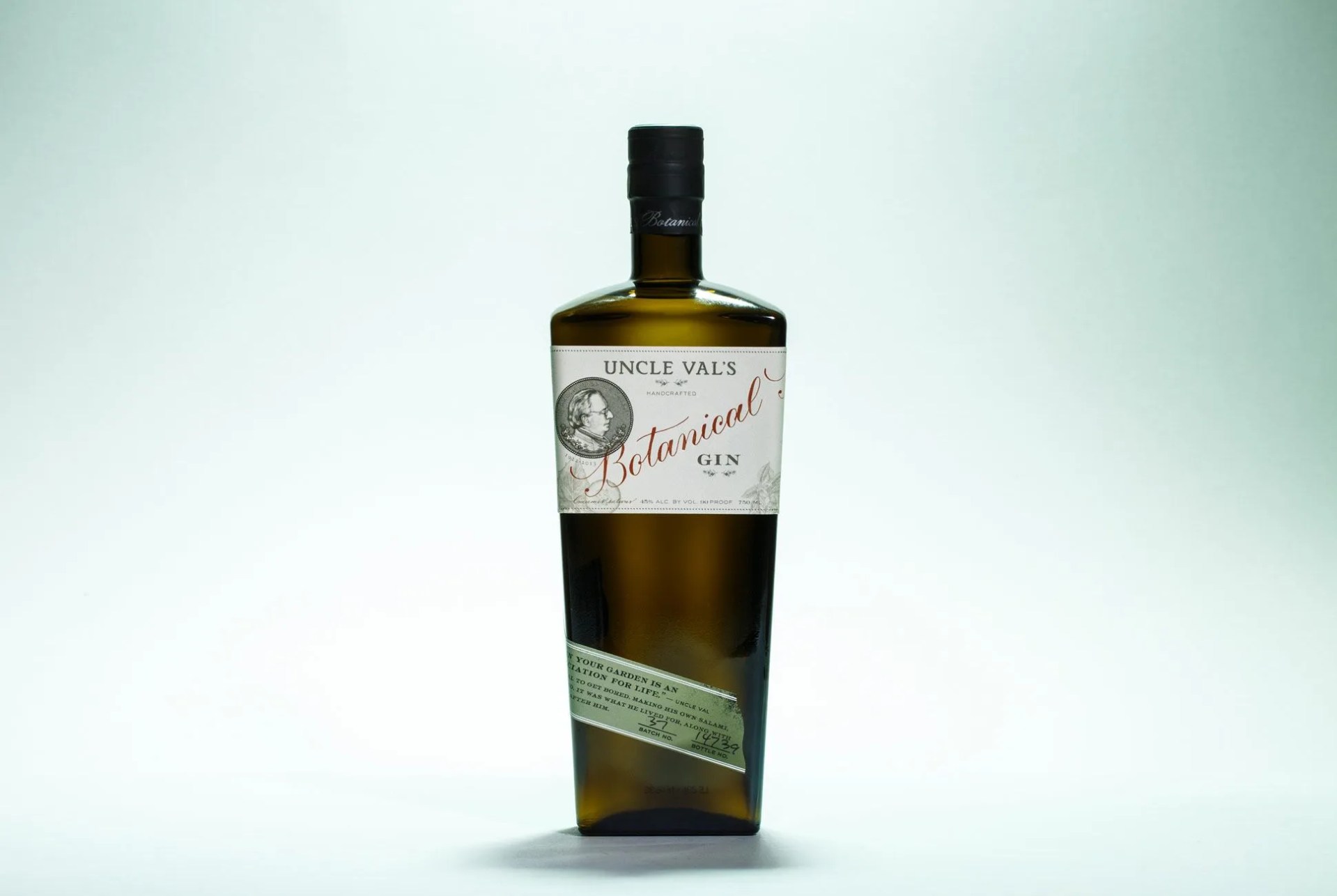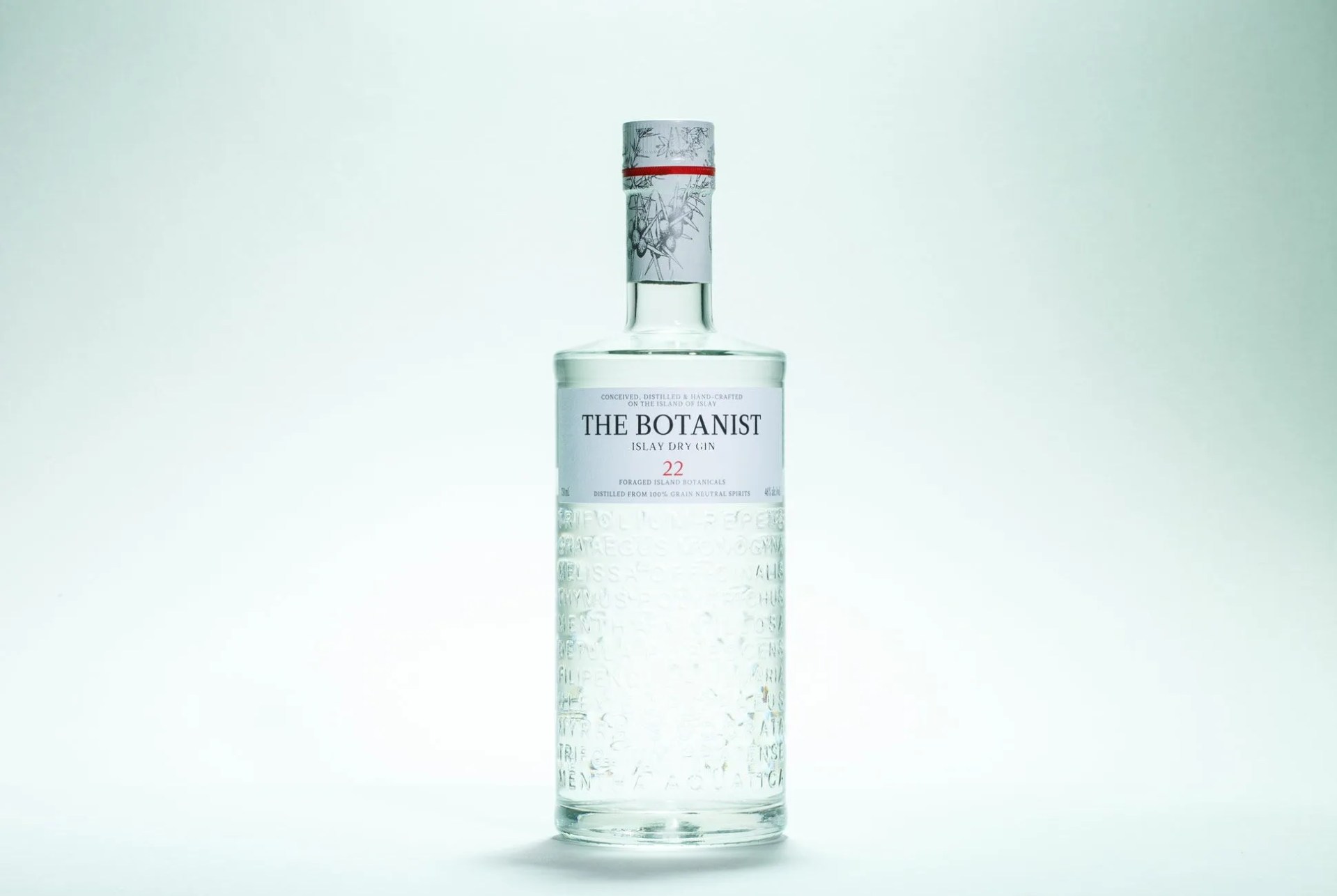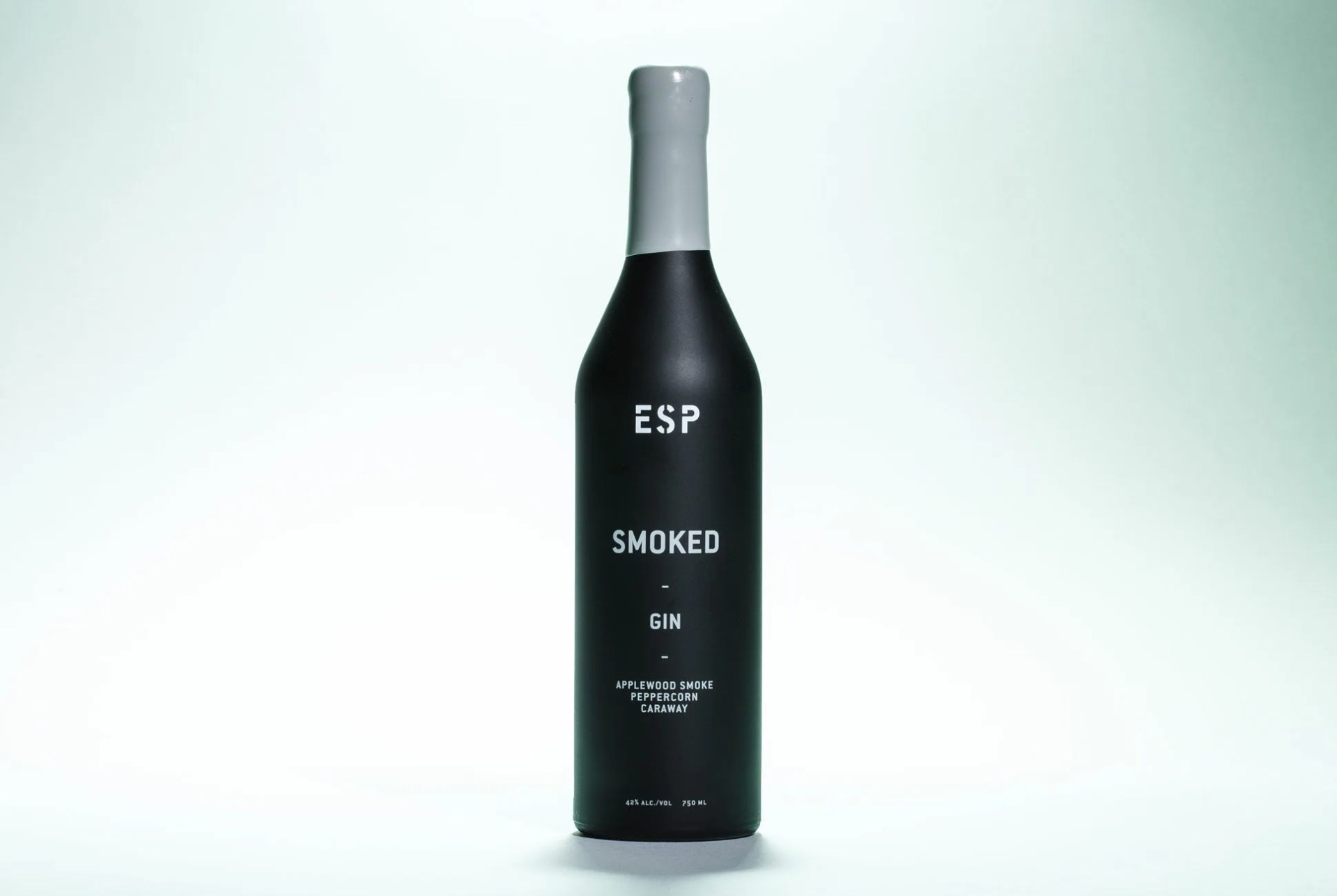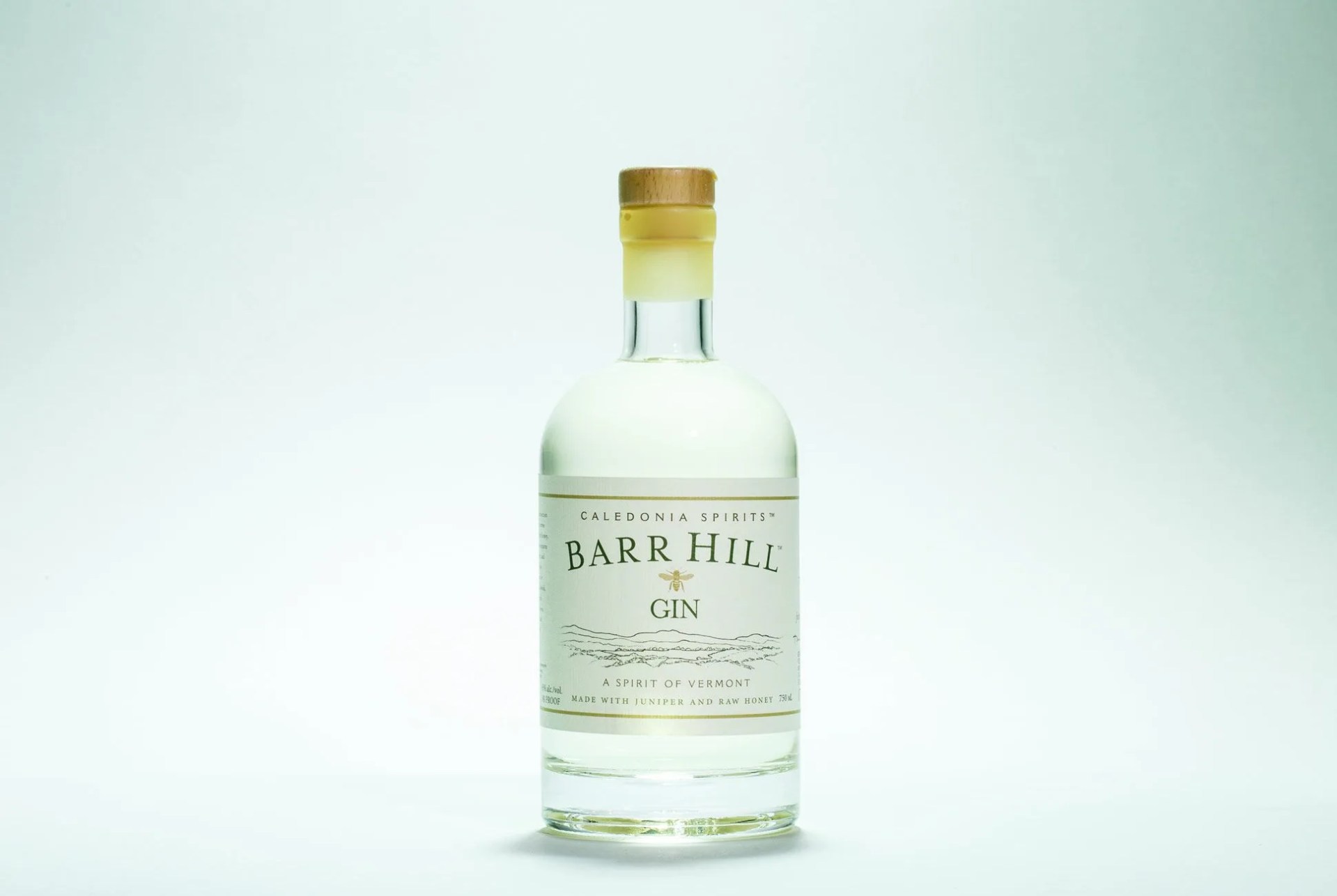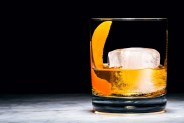For those who care about liquor, knowing gin is imperative. It’s the original cocktail spirit, a foundation for martinis and negronis. Gin, mixed with tonic water, was prescribed as an antimalarial, and with lime juice to stave off scurvy within the British Navy (so prescribed by an Admiral Gimlette, hence “gimlet”). In the 18th century, it was called “Mother’s Ruin,” consumed with such vigor that England’s population stagnated; a century earlier, it was known as “Dutch courage,” a source of blind encouragement for rebel soldiers during the 30 Years War.
The origins of gin date back a full millennium, when Benedictine monks in Salerno, Italy, added juniper berries and herbs to grain alcohol for medicinal purposes. But today’s best gins bear little resemblance to early iterations, or even the gins of the last century. For cocktail aficionados, that’s very good news.
A Guide to Traditional Styles of Gin
Genever: A Dutch predecessor to gin made from barley-based grain alcohol distilled to 45% ABV and infused with botanicals and spices (usually imported by the Dutch East India Company).
London Dry: The most common and most juniper-dominant style of gin. While London Dry gin does not have to be made in London, it must be distilled in copper pots and carry an ABV greater than 35%.
Old Tom: Sweeter than London Dry but drier than Genever. It was produced by clandestine distillers in 18th-century England, which would hang plaques in the shape of black cats (or tom cats) above their doors to mark their buildings as gin distributors.
Plymouth: A dry gin distilled in the town of Plymouth, England. Slightly less dry than London Dry, with an earthier flavor.
Navy Strength: A 57% ABV (or greater) gin created specifically for the British Royal Navy.

